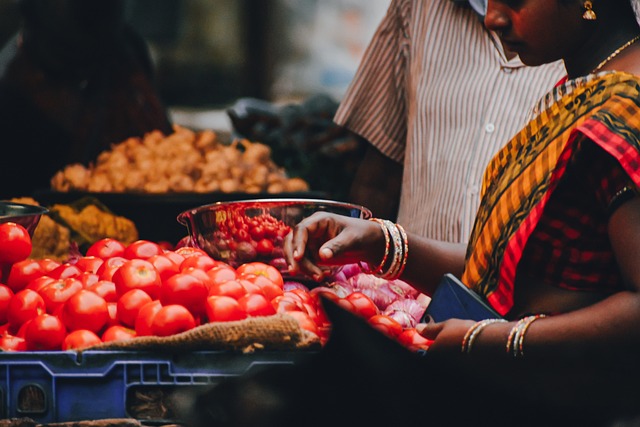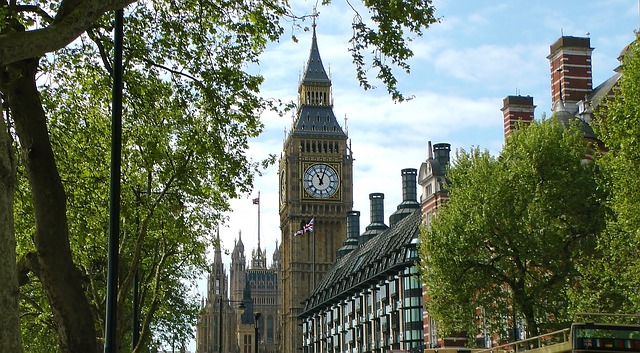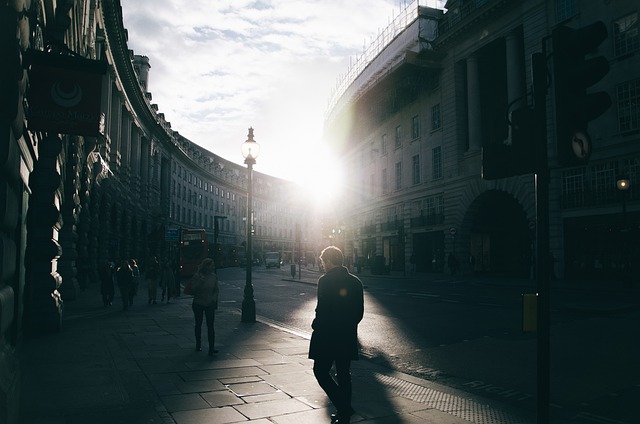British Traditions: Afternoon Tea and Pub Culture – A Comprehensive Guide

British traditions are deeply rooted in the country’s history and culture, offering visitors a unique glimpse into the British way of life. Two of the most iconic and beloved traditions are afternoon tea and pub culture. These experiences are not just about food and drink; they are social rituals that reflect the values, history, and charm of the United Kingdom. This guide explores the origins, etiquette, and best places to enjoy these quintessentially British traditions.
1. Afternoon Tea: A Delightful British Ritual
Afternoon tea is a cherished British tradition that dates back to the 19th century. It’s a leisurely affair that combines delicious food with elegant presentation and social interaction.
a. The History of Afternoon Tea
- Origins: Afternoon tea was introduced by Anna, the Duchess of Bedford, in the early 1840s. At the time, it was common to have only two main meals a day: breakfast and dinner. The Duchess began taking tea and light snacks in the afternoon to curb her hunger, and the practice quickly became fashionable among the upper class.
- Evolution: Today, afternoon tea is enjoyed by people from all walks of life and is often associated with special occasions or leisurely afternoons.
b. What’s Included in Afternoon Tea?
A traditional afternoon tea typically includes:
- Tea: A selection of fine teas, such as Earl Grey, Darjeeling, or English Breakfast.
- Sandwiches: Finger sandwiches with fillings like cucumber, smoked salmon, egg and cress, and ham with mustard.
- Scones: Freshly baked scones served with clotted cream and strawberry jam.
- Pastries and Cakes: An assortment of sweet treats, such as Victoria sponge, éclairs, and macarons.
c. Afternoon Tea Etiquette
- Dress Code: Many venues have a smart-casual dress code. High-end hotels may require more formal attire.
- Order of Eating: Start with sandwiches, followed by scones, and finish with pastries.
- Tea Pouring: Pour tea for others before yourself. If you’re the host, ask guests how they take their tea (e.g., milk, sugar).
- Pinky Finger: Contrary to popular belief, raising your pinky finger while drinking tea is not necessary and can be seen as pretentious.
d. Best Places to Enjoy Afternoon Tea
- The Ritz London: A luxurious experience in one of London’s most iconic hotels.
- Betty’s Café Tea Rooms (York): A charming spot offering traditional Yorkshire tea.
- The Wolseley (London): A grand café-restaurant with a classic afternoon tea menu.
- The Pump Room (Bath): Enjoy tea in a historic setting with live classical music.
2. Pub Culture: The Heart of British Social Life
Pubs (short for public houses) are an integral part of British culture. They are more than just places to drink; they are community hubs where people gather to socialize, relax, and enjoy hearty food.
a. The History of British Pubs
- Origins: Pubs have been around since Roman times, serving as inns and taverns for travelers. Over the centuries, they evolved into social centers for locals.
- Role in Society: Pubs have played a key role in British history, from hosting political discussions to serving as meeting places for literary figures like Charles Dickens and Samuel Johnson.
b. What to Expect in a British Pub
- Atmosphere: Pubs range from cozy, traditional establishments with wooden beams and fireplaces to modern gastropubs with trendy décor.
- Drinks: Beer is the most popular drink, with ales, lagers, and stouts on tap. Cider, wine, and spirits are also available.
- Food: Many pubs serve classic British dishes like fish and chips, bangers and mash, and Sunday roasts. Gastropubs often offer more refined menus.
- Games and Entertainment: Some pubs have dartboards, pool tables, or live music. Quiz nights are also a popular tradition.
c. Pub Etiquette
- Ordering at the Bar: In most pubs, you order and pay at the bar rather than waiting for table service.
- Tipping: Tipping is not mandatory but appreciated. You can round up the bill or offer to buy the bartender a drink.
- Buying Rounds: It’s common for groups to take turns buying rounds of drinks. If someone buys you a drink, it’s polite to return the favor.
- Seating: If a table has a reserved sign, it’s off-limits. Otherwise, feel free to sit where you like.
d. Best Pubs to Visit
- The Churchill Arms (London): Known for its floral exterior and Thai food.
- The Eagle and Child (Oxford): A historic pub frequented by J.R.R. Tolkien and C.S. Lewis.
- The Spaniards Inn (London): A charming pub with a rich literary history.
- The Olde Trip to Jerusalem (Nottingham): Claimed to be one of the oldest pubs in England.
3. Combining Afternoon Tea and Pub Culture
For a truly British experience, consider combining afternoon tea with a visit to a traditional pub. Many pubs now offer their own versions of afternoon tea, blending the elegance of tea with the cozy atmosphere of a pub.
- The Punch Bowl (London): A historic pub offering a delightful afternoon tea.
- The Ivy (various locations): Known for its upscale pub fare and afternoon tea options.
4. Tips for Enjoying British Traditions
- Book in Advance: Afternoon tea at popular venues often requires reservations.
- Explore Local Pubs: Venture beyond tourist areas to discover hidden gems.
- Engage with Locals: Pubs are great places to strike up conversations and learn about local culture.
- Try Regional Specialties: Each region of the UK has its own unique dishes and drinks. Don’t miss out on local flavors.



